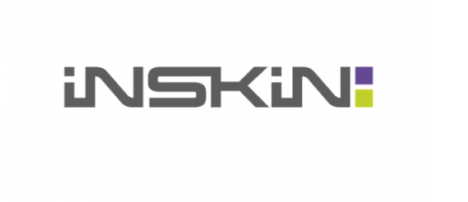Brand safety is more complex than the marketing industry thinks, claims Inskin study
Brand safety is affected by the relationship between publishers and audience than marketers realise claims a survey from online advertising platform, Inskin.
The announcement;


